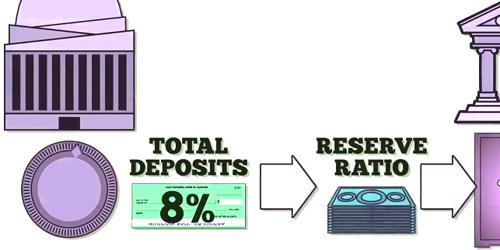Difference between Required Reserve and Excess Reserve
The reserve requirement (or cash reserve ratio) is a central bank regulation employed by most but not all, of the world’s central banks, that sets the minimum fraction of customer deposits and notes that each commercial bank must hold as reserves (rather than lend out). The reserve requirement is a central bank regulation employed by most, but not all, of the world’s central banks, that sets the minimum amount of reserves that must be held by a commercial bank.
Excess reserves are capital reserves held by a bank or financial institution in excess of what is required by regulators, creditors or internal controls. Capital reserves held by a bank or financial institution in excess of what is required by regulators, creditors or internal controls. For commercial banks, excess reserves are measured against standard reserve requirement amounts set by central banking authorities. These required reserve ratios set the minimum liquid deposits (such as cash) that must be in reserve at a bank-more is considered excess. For commercial banks, excess reserves are measured against standard reserve requirement amounts set by central banking authorities.
Total reserves are made up of the amounts that the Fed compels banks to hold, called required reserves and the extra mounts that banks elect to hold are called excess reserves.
Reserves = Required reserves + Excess reserves
The difference between required reserves and excess reserves: A required reserve is reserves that the Fed compels banks to hold. An excess reserve is reserves that the extra amount the banks chose to hold. Excess reserves are bank reserves above and beyond the reserve requirement set by a central bank.
















